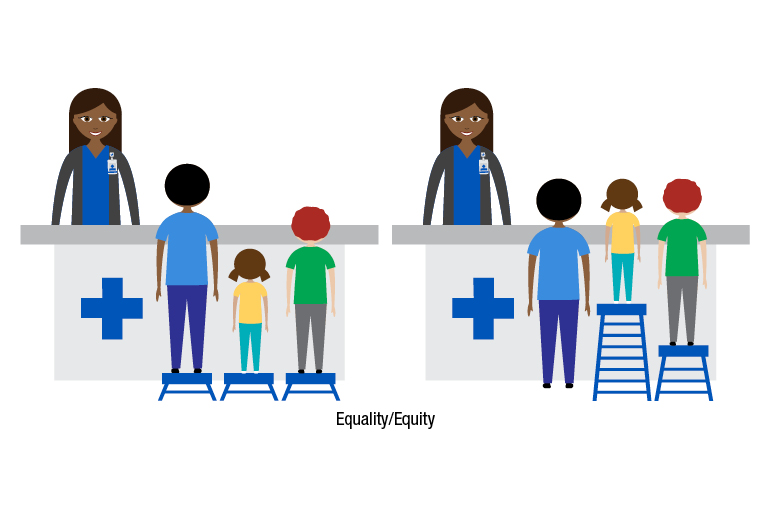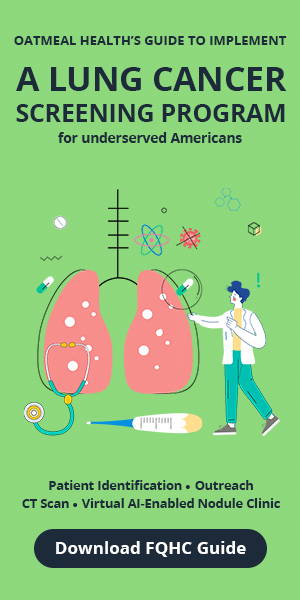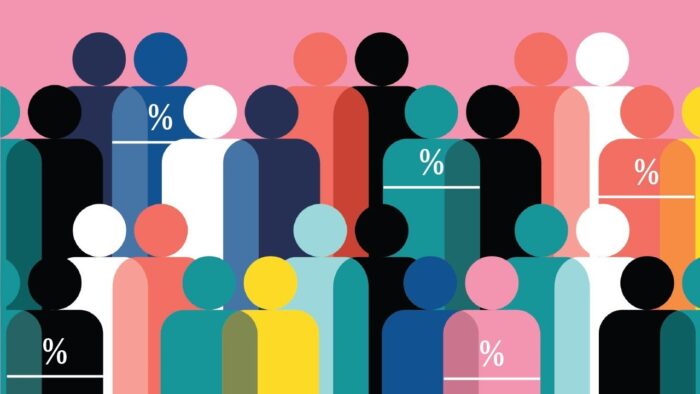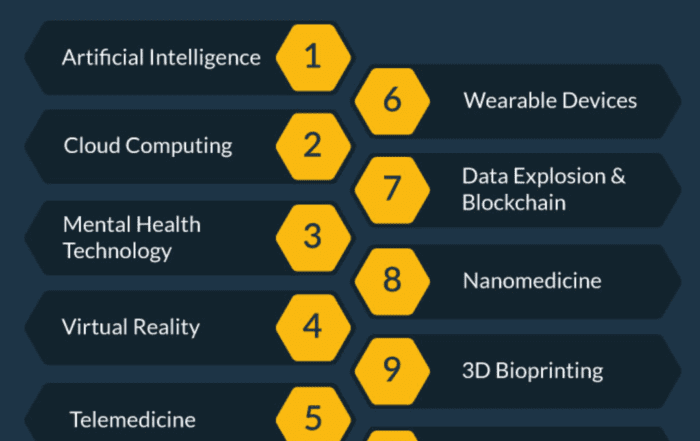Share this article and save a life!
Health equity, as defined by the World Health Organization (WHO), is the absence of unfair and avoidable differences in health status among different population groups. Ensuring health equity should be a top priority for governments, healthcare providers, and society as a whole because it is a matter of social justice, as well as a means to improve public health and stimulate economic growth.
In this article I will address the problem of health inequality, its costs, the stakeholders involved, and possible solutions to promote health equity, providing specific examples and facts to illustrate the issue.
The Challenge
Health disparities exist across various population groups, particularly among racial and ethnic minorities, socioeconomically disadvantaged individuals, and rural communities. These disparities manifest in unequal access to healthcare services, lower quality of care, and poorer health outcomes.
For instance, African Americans are 40% more likely to have high blood pressure and 60% more likely to be diagnosed with diabetes than non-Hispanic whites.
Additionally, rural residents often face barriers to healthcare access, such as long travel distances to healthcare facilities and a shortage of healthcare providers.
The Cost
The costs of health inequality are both financial and human. Financial costs include increased healthcare spending and lost economic productivity. In the United States, health disparities are estimated to cost approximately $93 billion in excess medical care costs and $42 billion in lost productivity annually. A study by the Joint Center for Political and Economic Studies found that between 2003 and 2006, the U.S. could have saved $229.4 billion in direct medical costs if racial and ethnic health disparities were eliminated.
Human costs include lower quality of life, shorter life expectancy, and generational impacts on health and wealth. For example, research has shown that life expectancy for African Americans is 3.5 years shorter than that of white Americans. Such health disparities can perpetuate the cycle of poverty and inequality across generations.
Who is Impacted?
Governments and policymakers, healthcare providers and organizations, and society as a whole have a stake in addressing health equity. Governments must ensure that everyone has access to affordable, quality healthcare.
For example, Medicaid, a U.S. government health insurance program for low-income individuals, plays a critical role in reducing disparities by providing coverage to millions of racial and ethnic minorities.
Healthcare providers and organizations, such as hospitals and clinics, must work to eliminate biases and disparities within their systems. Society as a whole is affected by the health of its members, and addressing health equity is necessary to achieve a just and inclusive society.
How We Help Those that Need it Most?
1. Expanding access to healthcare: Implementing universal healthcare coverage can help to ensure that all individuals have access to necessary care. Countries like Canada and the United Kingdom have adopted universal healthcare systems that provide coverage to all citizens regardless of income or background. Increased funding for community health centers, such as Federally Qualified Health Centers (FQHCs) in the United States, can also promote access to care for underserved populations.
2. Addressing social determinants of health: Investing in education and employment opportunities can help to address underlying socioeconomic factors contributing to health disparities. For example, the Harlem Children’s Zone in New York City is a comprehensive program aimed at improving educational outcomes and breaking the cycle of poverty in a predominantly African American community. Affordable housing initiatives and targeted public health campaigns, such as the Centers for Disease Control and Prevention’s Racial and Ethnic Approaches to Community Health (REACH) program, can also help to promote health equity.
3. Encouraging diversity and cultural competence in healthcare: Diversifying the healthcare workforce can help to address cultural barriers and biases in care. For example, the University of California, San Francisco (UCSF) has implemented a successful program to increase the number of underrepresented minority students in its medical school, helping to create a more diverse healthcare workforce.
Cultural competency training for providers can improve communication and understanding between providers and patients from diverse backgrounds. The National Institute of Health’s National Institute on Minority Health and Health Disparities (NIMHD) supports research and programs aimed at developing and implementing culturally competent healthcare services.
Inclusive health policies and practices, such as language assistance services for patients with limited English proficiency, can also help to ensure that healthcare systems are accessible and equitable for all.
Conclusion
Addressing health equity is both a moral imperative and a practical necessity. Achieving health equity can lead to improved public health outcomes, increased economic productivity, and a more just and equitable society. Governments, healthcare providers, and society as a whole must prioritize health equity to ensure that all individuals have the opportunity to live healthy, fulfilling lives. By taking concrete steps to expand access to healthcare, address social determinants of health, and encourage diversity and cultural competence in healthcare, we can make significant progress toward a more equitable and healthier future for all.
Share this article and save a life!
Author:

Jonathan is a seasoned executive with a proven track record in founding and scaling digital health and technology companies. He co-founded Oatmeal Health, a tech-enabled Cancer Screening as a Service for Underrepresented patients of FQHCs and health plans, starting with lung cancer. With a strong background in engineering, partnerships, and product development, Jonathan is recognized as a leader in the industry.
Govette has dedicated his professional life to enhancing the well-being of marginalized populations. To achieve this, he has established frameworks for initiatives aimed at promoting health equity among underprivileged communities.






